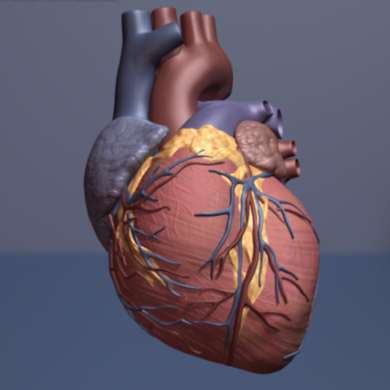Researchers identify 3D pattern linked to infarct risks

Researchers from the School of Biomedical Engineering & Imaging Sciences and Oxford University have identified the specific 3D pattern that is linked to the risks after an infarct, when tissue dies due to inadequate blood supply to an affected area, damaging the heart muscle. The results of this study, published in JACC Cardiovascular Medicine, were demonstrated in a large clinical cohort of more than 1000 subjects, and a resulting tool can extract the 3D patterns that predict risk in a fully automatic way.
With their findings, patients will know the risks of suffering a major cardiovascular event such as reinfarction just two days after an infarct.
In addition, thanks to a conventional MRI scan and the researchers’ advanced analysis tool that unveils the risk of suffering a major cardiovascular event, the patient will have the possibility to make medical therapy and lifestyle choices with their clinicians to address their risks.
There are many ways our hearts can contract to push the blood towards every corner of our bodies, but there is a specific impairment that is especially bad for future health after an infarct.
Lead researcher Jorge Corral Acero, Institute of Biomedical Engineering at the University of Oxford, said the study sheds light on how our hearts respond after an infarct episode and builds understanding on heart function towards a more preventative medicine.
Source: Read Full Article


